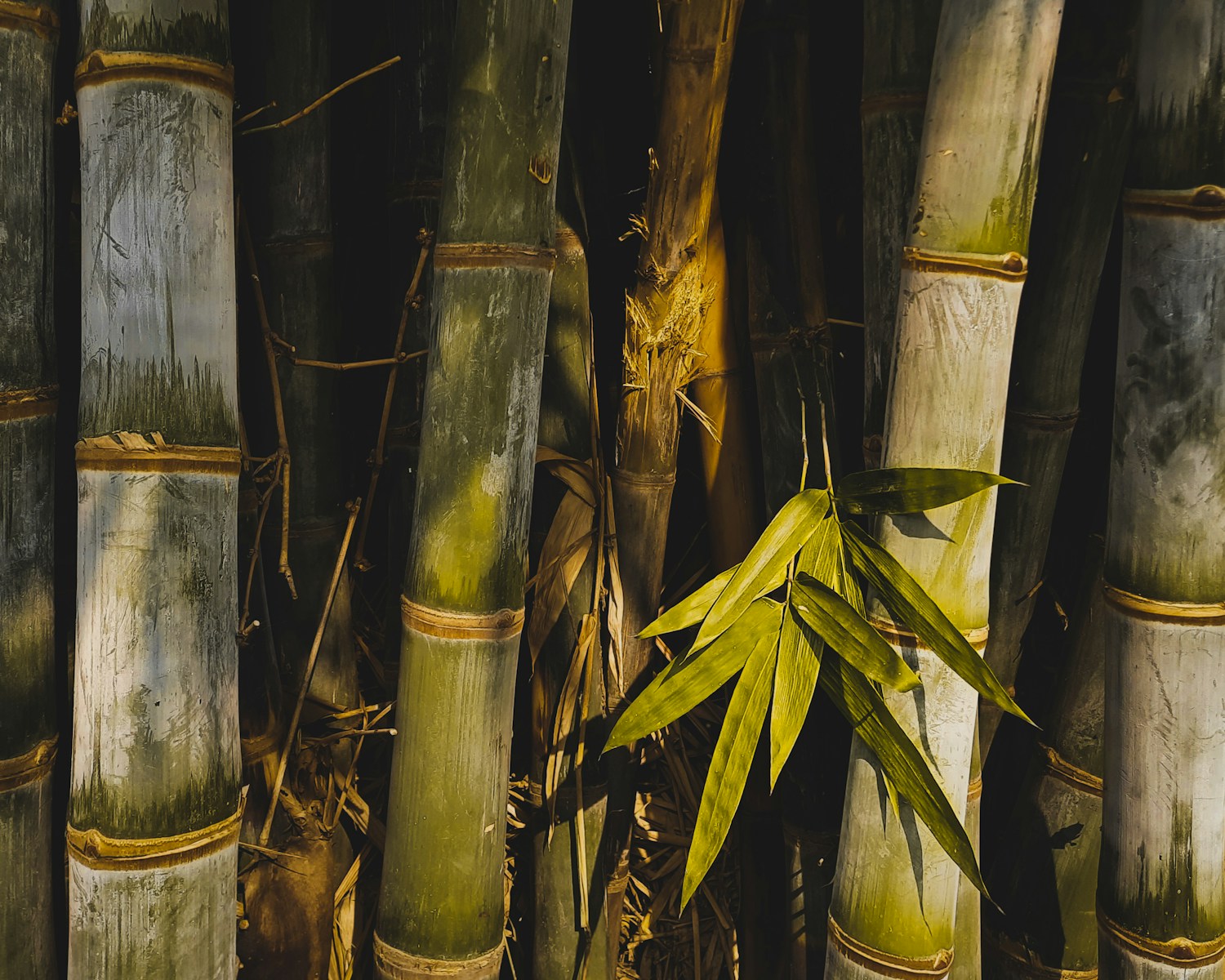Creating a functional and beautiful garden space often means thinking vertically as well as horizontally. A bamboo trellis offers an eco-friendly, durable, and aesthetically pleasing solution for supporting climbing plants while adding architectural interest to your garden. Using bamboo—a sustainable and rapidly renewable resource—allows you to craft a structure that blends harmoniously with nature while providing essential support for vines, flowering climbers, and vegetable plants.
Whether you’re looking to create a privacy screen with climbing roses, support your cucumber vines, or simply add visual interest to your garden, a DIY bamboo trellis is an accessible project for gardeners of all skill levels.
Understanding the Benefits of Bamboo for Garden Structures
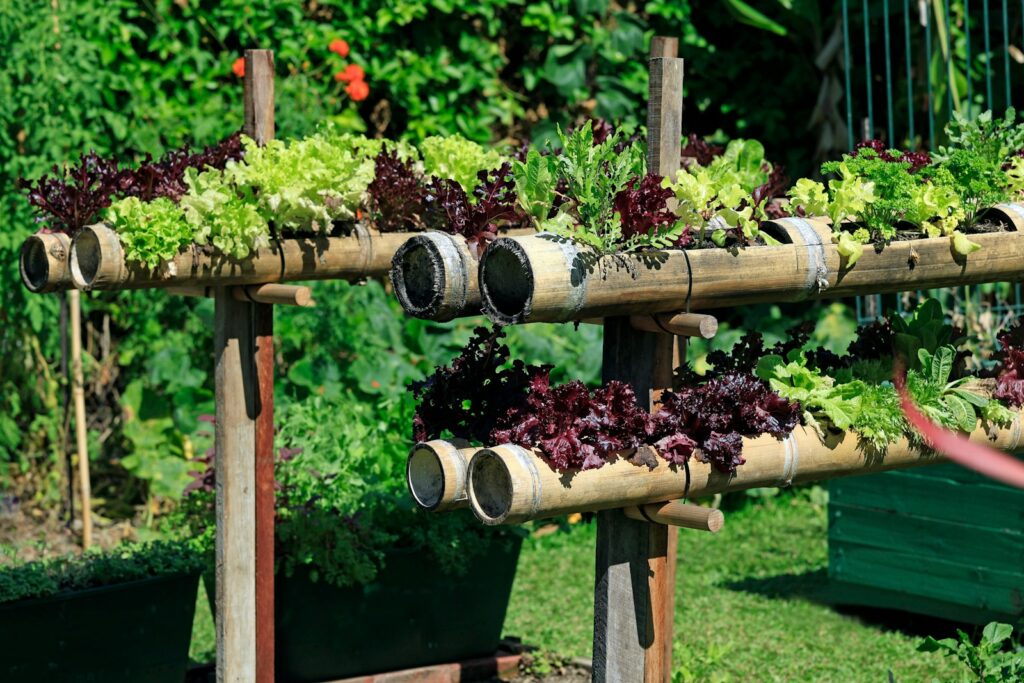
Bamboo is an ideal choice for trellis building, offering a rare blend of strength, flexibility, and natural charm. When properly treated, bamboo can last 5–7 years outdoors, outperforming many untreated woods that rot more quickly. As one of the fastest-growing plants on Earth, bamboo is also highly renewable—some varieties grow over 30 inches in a single day—making it an eco-friendly building material.
Its rustic texture and organic appearance blend seamlessly into garden landscapes, enhancing visual harmony in ways plastic or metal alternatives rarely do. Bamboo’s light weight makes it easy to transport, cut, and assemble, even for beginners or solo gardeners working on DIY projects. Overall, bamboo offers an attractive, sustainable, and practical option for creating durable garden structures that support both plants and aesthetics.
Essential Tools and Materials for Your Bamboo Trellis

Gathering the right materials and tools ensures your trellis is both sturdy and visually appealing. Use thicker bamboo poles (1–2 inches) for the main structure and thinner ones (½–¾ inch) for the lattice or grid. Natural jute twine or synthetic weather-resistant cord works well for lashing, providing both strength and a rustic finish. Basic tools include pruning shears or a fine-toothed saw for cutting bamboo, a measuring tape, a drill with small bits for optional pre-drilled holes, and a rubber mallet for setting poles into the ground.
Waterproof wood sealer, tung oil, or exterior-grade polyurethane will help protect your trellis from sun and moisture, significantly extending its lifespan. For complex builds, sketch your design first and use a level during assembly to keep everything balanced and true.
Planning Your Trellis Design
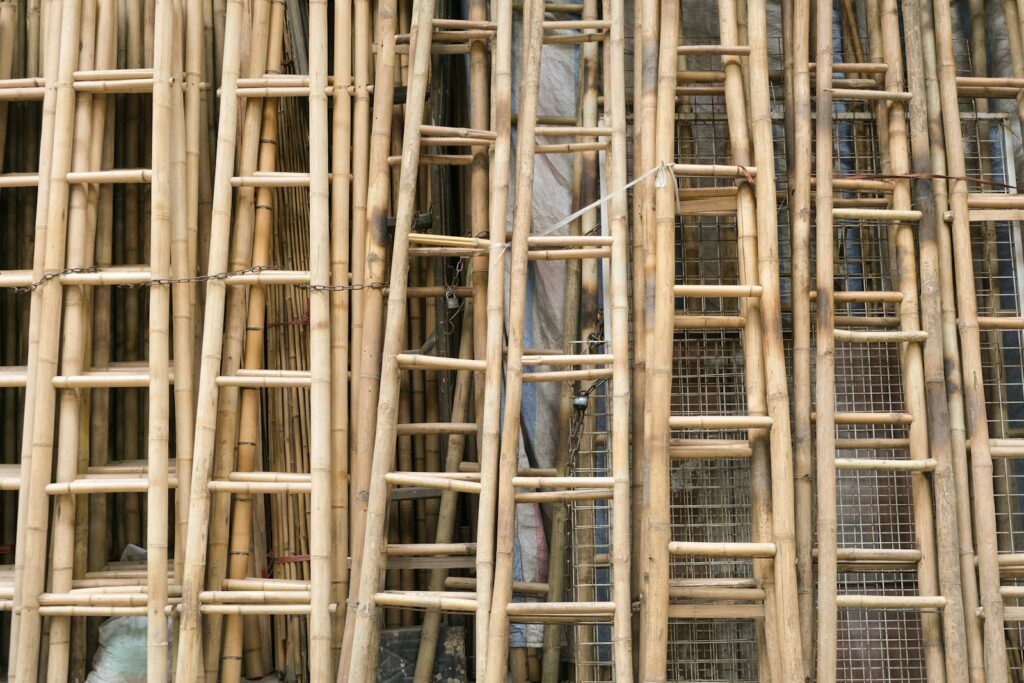
Designing your trellis begins with understanding the needs of your climbing plants and how they grow. Lightweight annual vines like morning glories need less support than heavy, woody perennials such as wisteria or grapevines. Measure your available space carefully, keeping in mind the height and width of mature plants, which often spread beyond the trellis frame.
Explore different design ideas—simple grid patterns, fan shapes, tepee styles, or dramatic arches—depending on your garden layout and preferences. Be sure to allow easy access for pruning, training, and harvesting, especially if you’re growing food-producing vines. Lastly, take local weather into account; if your area is prone to strong winds or heavy rain, choose a sturdier structure and anchor it securely.
Preparing Bamboo for Construction

Proper bamboo preparation lays the groundwork for a long-lasting and beautiful trellis. If using freshly harvested bamboo, let it cure for 4–6 weeks in a shaded, dry place to reduce cracking and insect attraction. For store-bought poles, inspect each one for damage, then clean them with mild soapy water and let them dry fully.
To protect against pests and decay, soak bamboo in a borax-boric acid solution (equal parts with water) for several days to allow deep penetration. Once dry, apply a coat of tung oil or exterior-grade polyurethane to shield the surface from moisture and sun damage. Organize treated poles by size and length to match your design layout and streamline the building process.
Basic Trellis Construction Techniques
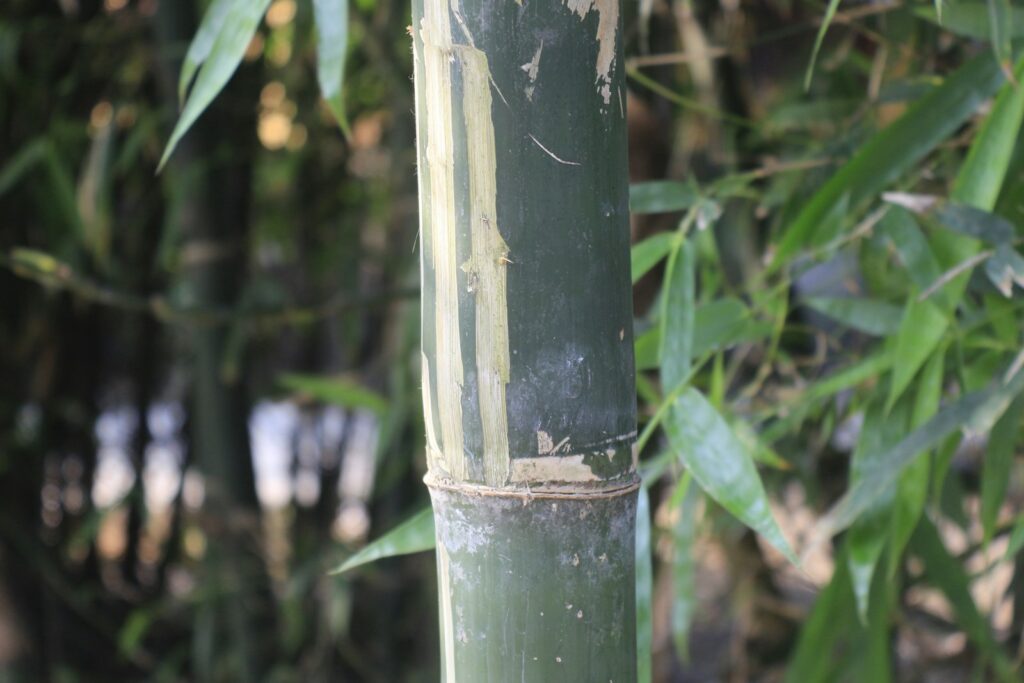
Creating a strong bamboo trellis starts with proper joinery techniques that make the most of bamboo’s natural strength. Use traditional lashings—such as figure-eight or square lashings—with jute or synthetic cord to secure intersections firmly. Build your frame first using the thickest poles to form a rectangle or other base shape suited to your design.
For added strength, drill small holes through overlapping bamboo joints and thread cord through them before tying lashings. When building grids, maintain even spacing—6 to 8 inches works well for most vines, though tendrils may need tighter gaps. Reinforce high-stress areas, like the corners and base, with extra lashings, keeping your work tight and tidy for both durability and visual appeal.
Creating a Simple Flat Panel Trellis

A flat panel bamboo trellis is simple to build and great for beginners. Start by laying two vertical and two horizontal bamboo poles on a flat surface to form a rectangle. Lash each corner securely using a figure-eight pattern, and add waterproof glue at the joints for extra strength. Next, attach horizontal crosspieces every 8 to 12 inches inside the frame, keeping the spacing even and the lashings tight.
To make the structure stronger and more decorative, add diagonal pieces to form diamond patterns across the panel. Once finished, trim extra cord, seal the ends with glue, and let the panel rest overnight before placing it in your garden.
Building a Freestanding Tepee Trellis

A tepee-style bamboo trellis adds height and visual interest while offering strong support for climbing plants. Choose 3 to 5 bamboo poles of equal length (6 to 8 feet) and bind the tops together tightly with jute twine about 6 to 8 inches from the ends. Spread the base of the poles into a circle 2 to 3 feet wide, spacing them evenly for balance. Secure the poles by either setting them 4 to 6 inches deep into the soil or piling soil around the base for added stability.
Add horizontal support rings by tying thinner bamboo pieces in circles around the frame, starting near the ground and continuing upward every 10 to 12 inches. This simple but sturdy structure is ideal for fast-growing climbers like beans, peas, and morning glories, which will quickly cover the frame with lush greenery and blooms.
Constructing an Arched Trellis Walkway

An arched bamboo trellis adds charm and structure to any garden path. Start by placing two rows of bamboo poles 3 to 4 feet apart, setting each one at least 12 inches deep into the ground. Space the poles about 2 feet apart along each row. Use flexible bamboo poles for the arches, soaking them in water for up to two days to make them easier to bend.
Carefully form arches by connecting each side with crosspieces, securing them with strong lashings, then add horizontal runners along both rows for extra strength. Finish by weaving thinner bamboo strips across the top to create a grid that supports flowering vines like jasmine, clematis, or climbing roses.
Installing Your Bamboo Trellis in the Garden
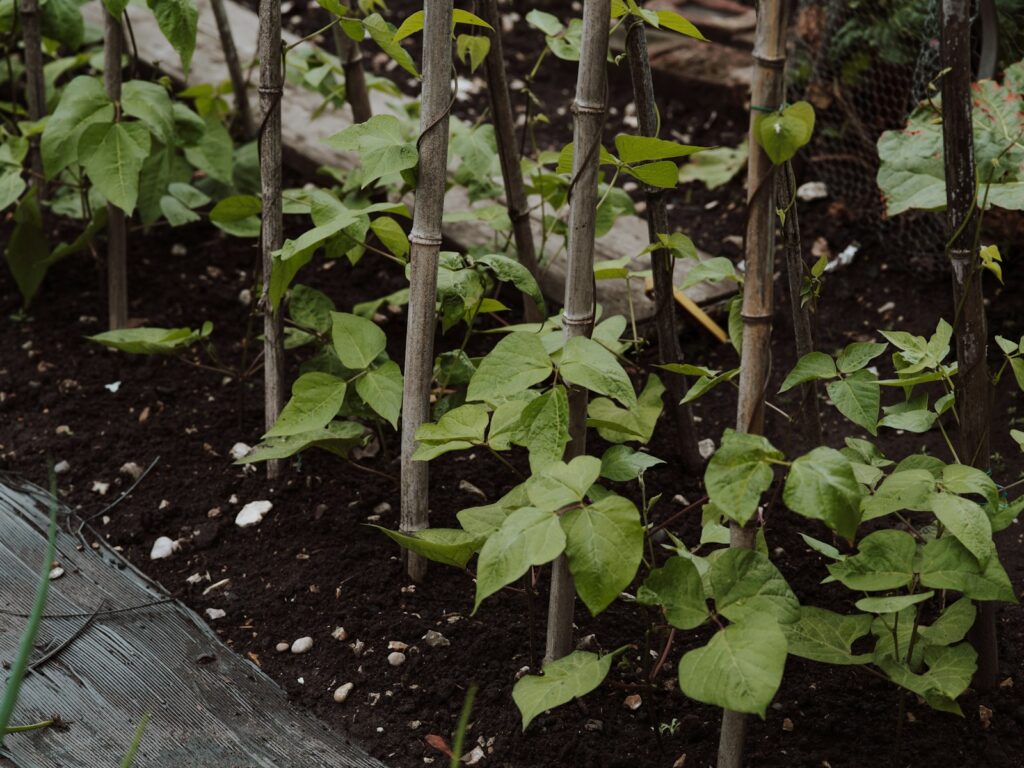
Installing your bamboo trellis correctly helps it stay strong as your plants grow and weather changes. For freestanding trellises, dig holes 18 to 24 inches deep and slightly wider than the poles, adding gravel at the base for drainage. Fill the holes with soil while tamping firmly to secure the poles. Wall-mounted trellises should be attached with rust-resistant brackets that can support the weight of plants as they mature.
Place the trellis where it will get proper sunlight—most vines need at least 6 to 8 hours daily, though some prefer partial shade. Always leave 8 to 12 inches between the trellis and walls or fences to improve air circulation and allow easy access for care and cleaning.
Selecting the Ideal Climbing Plants for Your Trellis
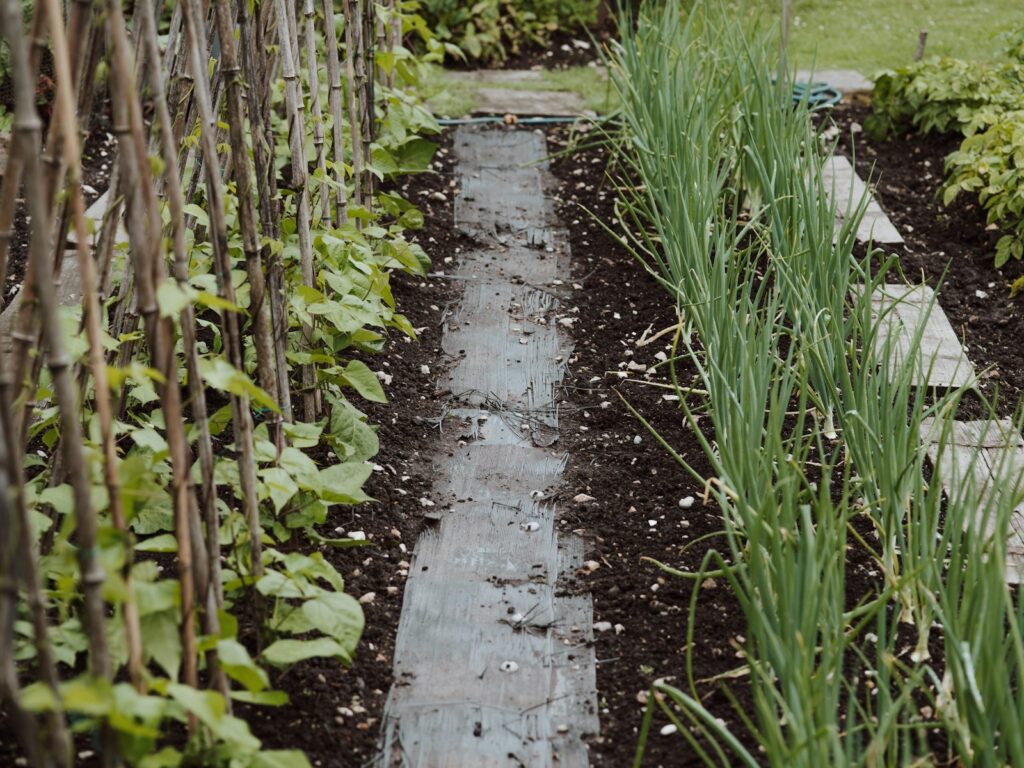
Choosing the right plants is key to making your bamboo trellis both useful and beautiful. Look at how different plants climb—twiners like morning glory wrap around supports, while tendril climbers like peas or grapes need something to grip. Scramblers like roses must be tied to the trellis to stay upright.
Annual vines such as cardinal climber and moonflower grow fast and bloom brightly but must be replanted each year. Perennials like jasmine or clematis return yearly and grow larger over time, requiring strong support. For edible options, use sturdy trellises to hold heavier plants like cucumbers and melons, or mix beauty and harvest with runner beans or Malabar spinach.
Training Plants on Your Bamboo Trellis
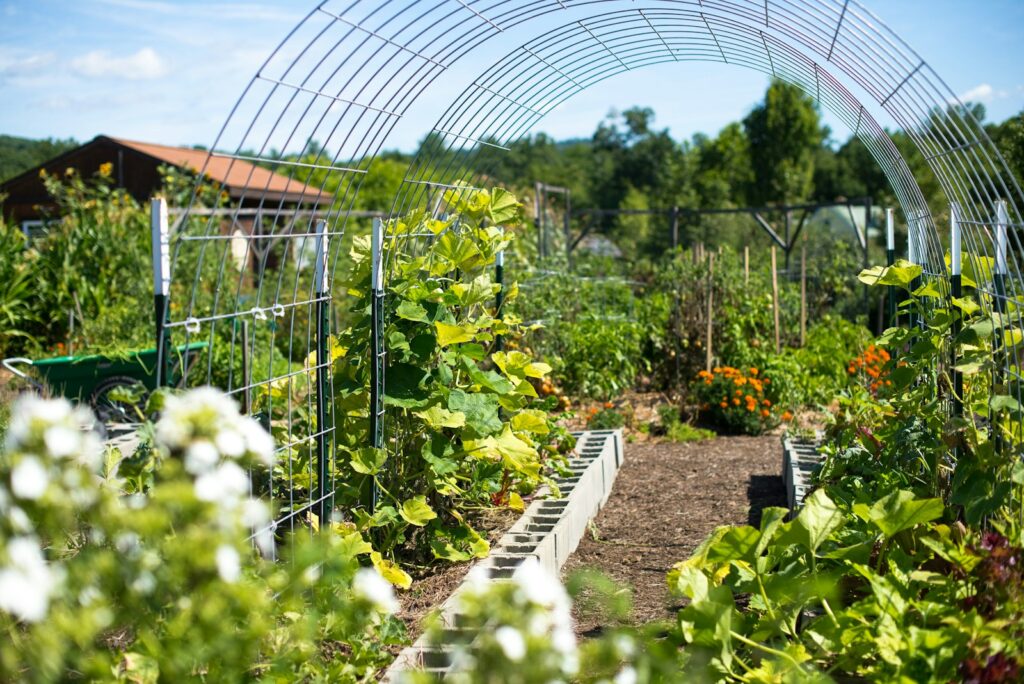
Training your plants early helps them grow properly on the trellis while preventing damage. Start when stems are young and flexible, gently guiding them with soft ties like twine or cloth strips. Twining plants naturally wrap around supports, while tendril climbers need closely spaced poles for grip.
Heavier vines like cucumbers or melons may need added support, such as fabric slings, to protect developing fruits. Scrambling plants like roses should be tied horizontally to promote even flowering along the stems. Regular maintenance is key to redirect growth, reduce stress on specific areas, and keep the trellis looking balanced and beautiful.
Maintaining Your Bamboo Trellis for Longevity
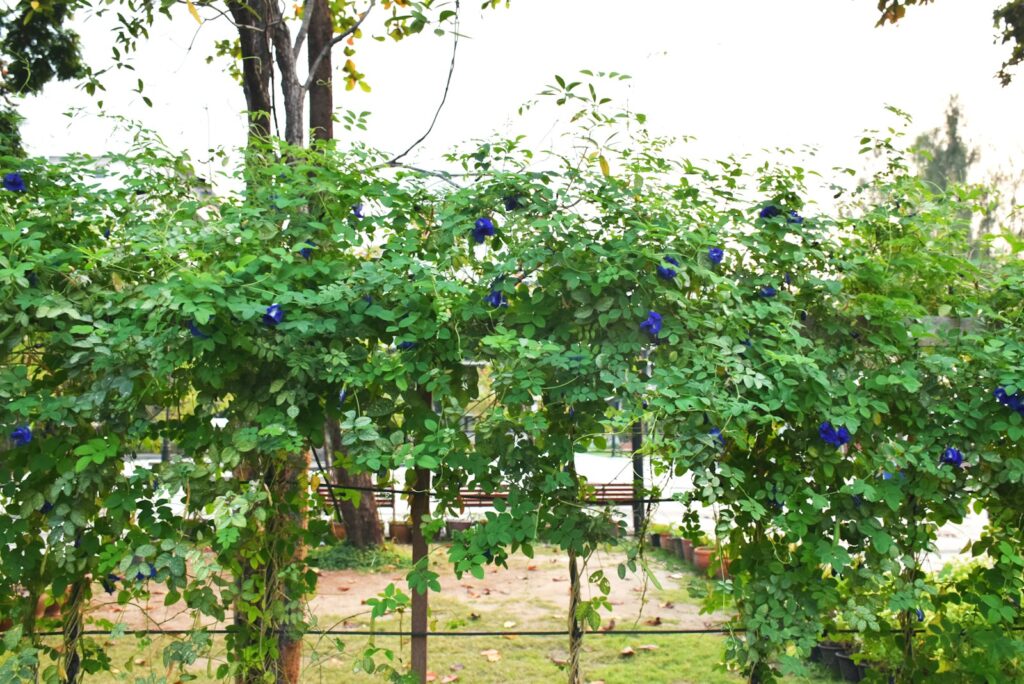
A well-maintained bamboo trellis can support plants and enhance your garden for many years. Inspect all bindings and structural parts each season, tightening or replacing those weakened by weather or growth. Apply protective oil or sealant once a year, ideally when plants are dormant and easier to manage.
Watch for insect damage like termites or beetles and treat affected areas or replace damaged poles as needed. In colder regions, remove annual vines and prune back perennials in winter to prevent wind damage. Reinforce or replace support elements in spring to ensure the structure stays strong throughout the growing season.
Troubleshooting Common Bamboo Trellis Issues

Even the best bamboo trellises can face issues over time that require basic maintenance. If you notice poles splitting, reduce plant weight by pruning and add extra supports to prevent further damage. When poles start sinking in soft soil, remove them, improve drainage with gravel, and reposition them securely.
Mold or mildew can be addressed by cleaning with a diluted bleach solution, drying completely, and sealing with an outdoor-safe fungicide. Replace worn-out bindings one section at a time to maintain stability without dismantling the whole structure. Weathered or discolored bamboo is often normal and adds charm, not necessarily a sign of failure.
Final Thoughts on Building a Bamboo Trellis
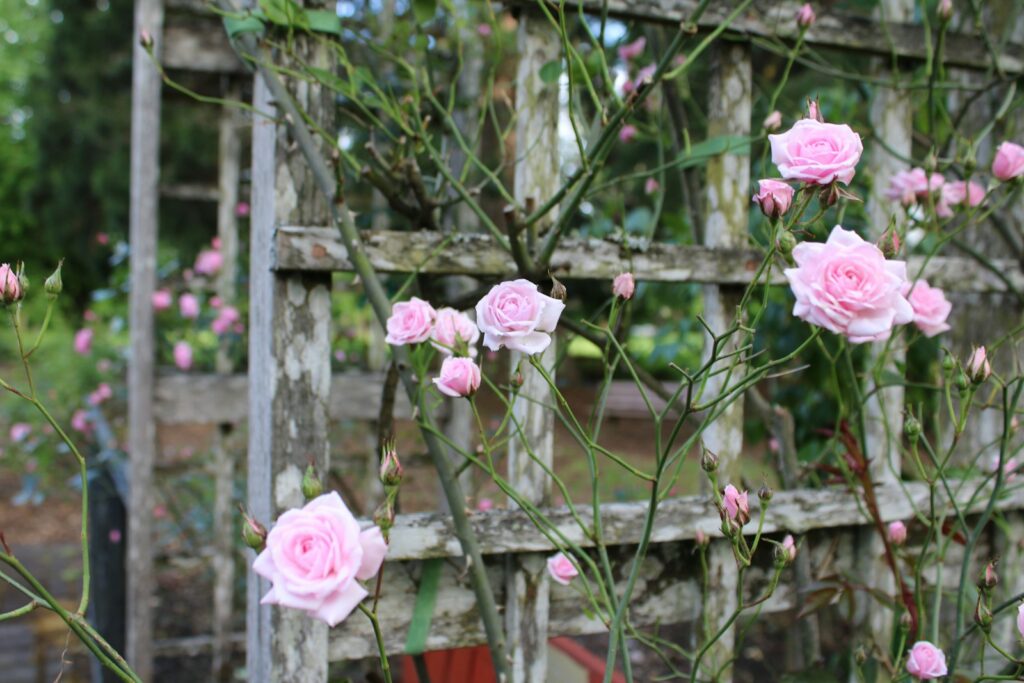
Creating a bamboo trellis for climbing plants represents a perfect blend of gardening practicality and sustainable craftsmanship. This accessible DIY project allows gardeners to create custom structures perfectly suited to their specific plants and spaces while using an environmentally responsible material. The natural aesthetic of bamboo brings an organic architectural element to garden design that complements rather than competes with plant material.
As your climbing plants establish themselves on your handcrafted support, they transform the bamboo framework into a living sculpture that changes with the seasons—from the fresh green tendrils of spring to the lush fullness of summer and potentially the structural interest of dormant vines in winter. With proper construction techniques and regular maintenance, your bamboo trellis will provide years of garden enjoyment while showcasing your climbing plants to their best advantage.

